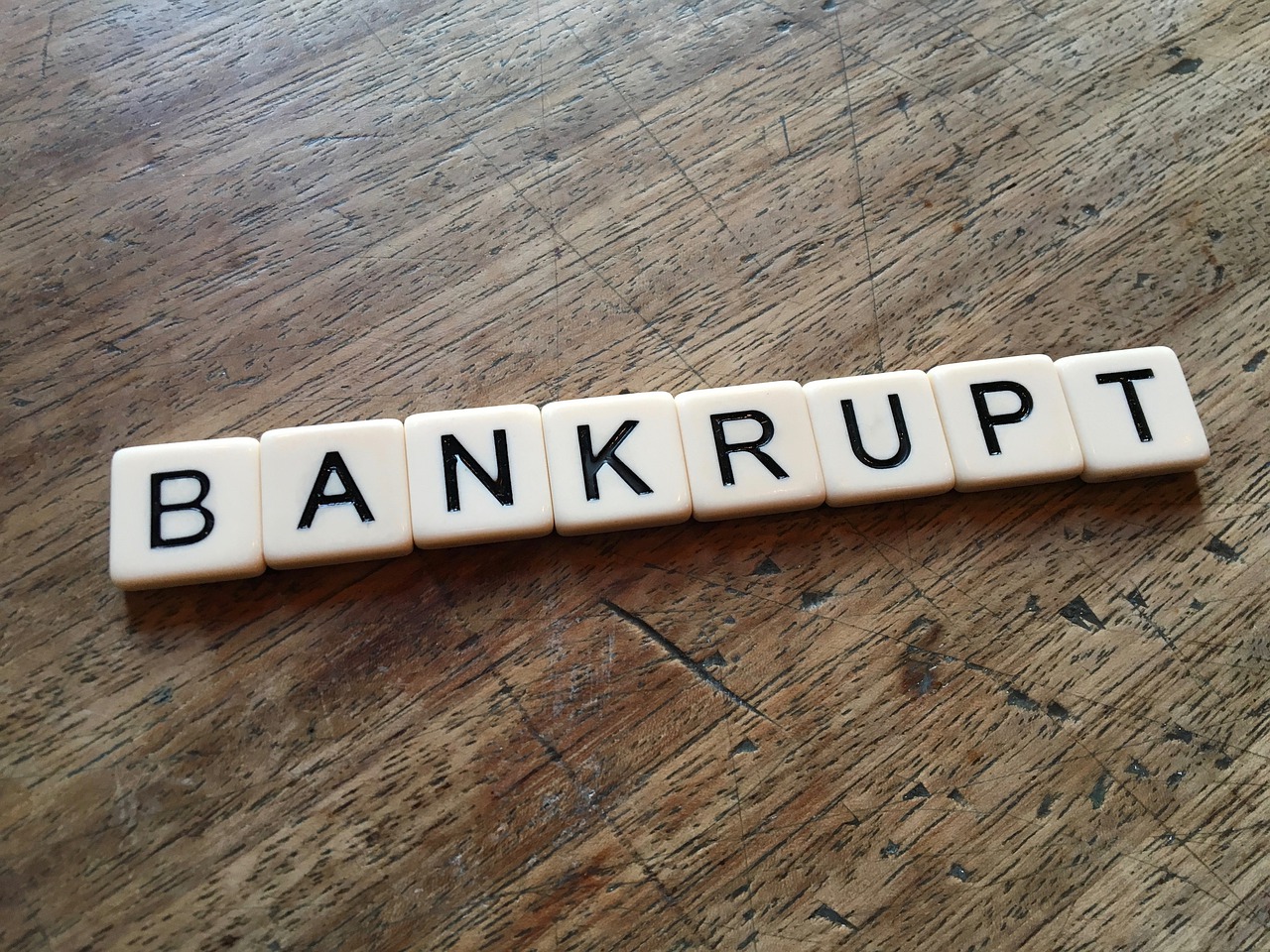Last Updated on: 22nd November 2023, 07:52 am
When you are struggling with debt, you may feel like there is no way out. You may be considering bankruptcy or insolvency as a way to get relief. However, before you make any decisions, it is important to understand what these terms mean and the implications they have for your life. In this blog post, we will discuss the difference between insolvency and bankruptcy and help you decide which option is right for you.
What is the difference between liquidation and bankruptcy?
Liquidation is when a company or individual sells all of their assets in order to pay off their debts. This is usually done through an auction. Bankruptcy, on the other hand, is a legal process that gives debtors protection from their creditors. When you file for bankruptcy, your assets are protected and you are given time to reorganize your finances. For more information on the difference between insolvency and bankruptcy visit Irwin Insolvency.
What is an insolvency process?
The insolvency process is a way for businesses or individuals to get relief from their debts. This process can help you reorganize your finances and protect your assets.
What happens when you file insolvency?
When you file for insolvency, an official receiver is appointed to oversee your case. The receiver will work with your creditors to try to reach a settlement. If a settlement cannot be reached, the receiver will liquidate your assets in order to pay off your debts.
What is insolvency certificate?
An insolvency certificate is a document that proves that you are unable to pay your debts. This certificate is usually issued by an insolvency practitioner or the court.
Who can be a insolvency professional?
In order to be an insolvency professional, you must be licensed by the government. In addition, you must have experience working with insolvency cases.
Is insolvency better than bankruptcy?
There is no easy answer to this question. Insolvency and bankruptcy both have their pros and cons. You will need to weigh your options and decide which option is right for you. If you are struggling with debt, we recommend speaking to a financial advisor or insolvency practitioner to learn more about your options.
How long does insolvency process take?
The insolvency process can take anywhere from a few months to several years. The length of the process will depend on the type of insolvency you file for and the complexity of your case.
What are the types of insolvency?
There are two main types of insolvency: personal insolvency and corporate insolvency. Personal insolvency is when an individual is unable to pay their debts. Corporate insolvency is when a company is unable to pay its debts.
If you are struggling with debt, it is important to understand your options. Insolvency and bankruptcy can both provide relief, but they have different implications. Be sure to speak to a financial advisor or professional before making any decisions.
How do you declare personal insolvency?
There are several steps you need to take in order to declare personal insolvency. First, you will need to gather all of your financial documents. This includes your income statements, bank statements, and tax returns. Next, you will need to meet with an insolvency practitioner or bankruptcy trustee. They will review your case and determine if you are eligible for insolvency. If you are eligible, they will help you file the necessary paperwork. Finally, you will need to attend a meeting of creditors. At this meeting, your creditors will vote on whether or not to accept your proposal. Once they have voted, the court will either approve or reject your proposal. If it is approved, you will be given a period of time to reorganize your finances. If it is rejected, you will be required to liquidate your assets in order to pay off your debts.
Declaring personal insolvency can be a complex and daunting process. Be sure to speak to a professional before making any decisions. They will help you understand your options and determine the best course of action for your unique situation.
What are some of the pros and cons of insolvency?
There are both pros and cons to declaring insolvency. Some of the pros include being protected from creditors, having more time to reorganize your finances, and being able to keep certain assets. Some of the cons include damaging your credit score, having to sell your assets, and potentially losing your job.
You will need to weigh the pros and cons of insolvency before making a decision. Be sure to speak to a professional to get advice on your unique situation.
What are some of the risks of not declaring insolvency?
There are several risks associated with not declaring insolvency. These risks include being sued by your creditors, having your wages garnished, and losing your assets. Not declaring insolvency can also damage your credit score and make it difficult to get approved for loans in the future.








